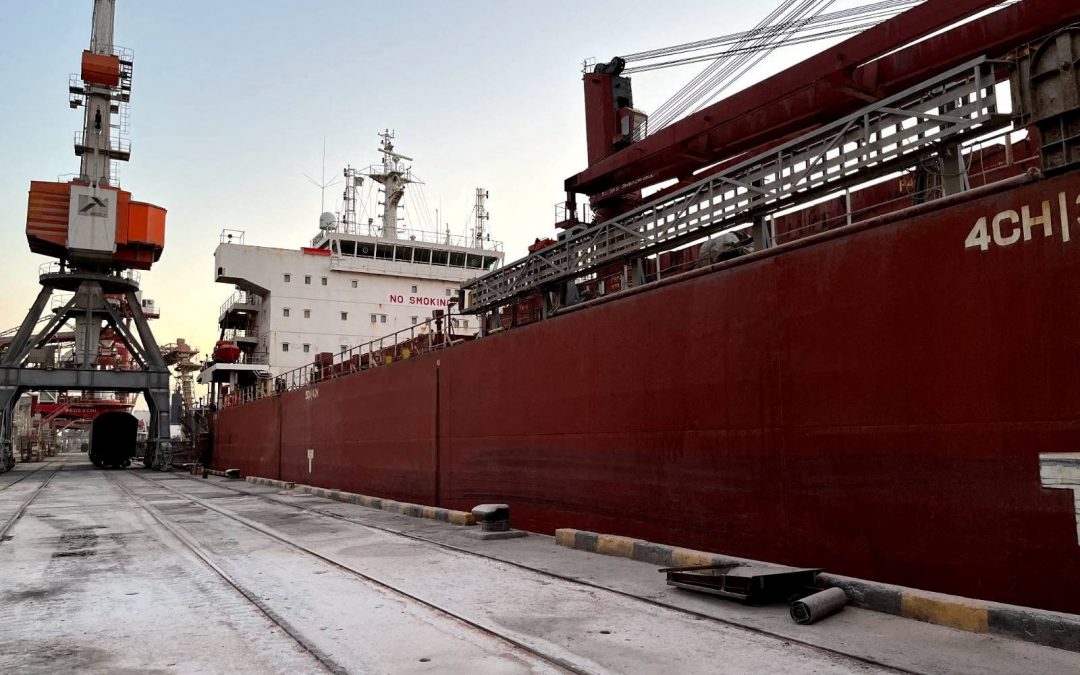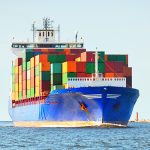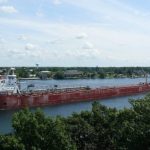Container terminals depend on carrier calls to generate business, which can vary according to market developments and liner network changes, which have been highly volatile of late. Hence, gaining carrier commitment, ideally through investment, is seen as a key mitigator of market risk, particularly where transhipment is the primary traffic-focus. And this is very much in evidence at Morocco’s Tanger Med port complex, according to Drewry’s latest research published in its Ports and Terminals Insight.
Hapag-Lloyd’s strategic 10% stake in the Tanger Alliance terminal (TC3) has underpinned a steep ramp up in throughput since the terminal opened in January 2021. In its first year of operation the terminal handled over 900,000 teu, equivalent to a 60% utilisation rate of the terminal’s 1.5 mteu capacity. It also recorded a profit in its first year of operation.
Volumes in 1H22 were reported to be over 500,000 teu, up 38% YoY, and the strong performance has continued. Drewry’s AIS-driven analytics model recorded a 5% increase in number of calls in the 12 months to 3Q22.
Tanger Alliance is majority-owned by Marsa Maroc (50% + 1 share), with 40% controlled by Eurogate and Contship Italia, and Hapag-Lloyd holding the remaining 10%. With Eurogate and Contship Italia also holding a combined 40% shareholding in Eurogate Tanger terminal, the market entry risks for Tanger Alliance were already low.
Additionally, Hapag-Lloyd is a member of THE Alliance which shifted a number of services from the Eurogate Tanger Terminal, contributing to a 22% decline in throughput in 2021, although by 1H22 volumes were reported to be 5% above 1H20 levels.
Importantly, Tanger Alliance was quickly and effectively commissioned, and productivity levels swiftly reached a competitive level.
Recently announced terminal investments are following a similar model. For example TIL/Notarc investment in Panama Canal Container Port, Hutchison Ports’ planned JV investments with CMA Terminals and Cosco Shipping Ports in Sokhna and with TIL in El Dekheila. In contrast, DP World is partnering with Indonesia’s Maspion Group to develop a new port and logistics park in Gresik. Just as carriers can guarantee port calls, partnering with a major cargo owner is expected to provide baseline volumes for this gateway port development.
Drewry expects terminal investors to pay increasing attention to securing anchor carrier and/or cargo commitment in the face of slowing trade and declining returns.
Drewry’s Container Terminal Revenue Index, launched recently in the Ports and Terminals Insight, reported that terminal operator revenue retreated in 2Q22, indicating that earnings from value-added services may have peaked due to easing congestion. This, together with the adverse impact of inflation on terminal operators’ cost base, will place increasing pressure on sector margins.
Source: Hellenic Shipping News





